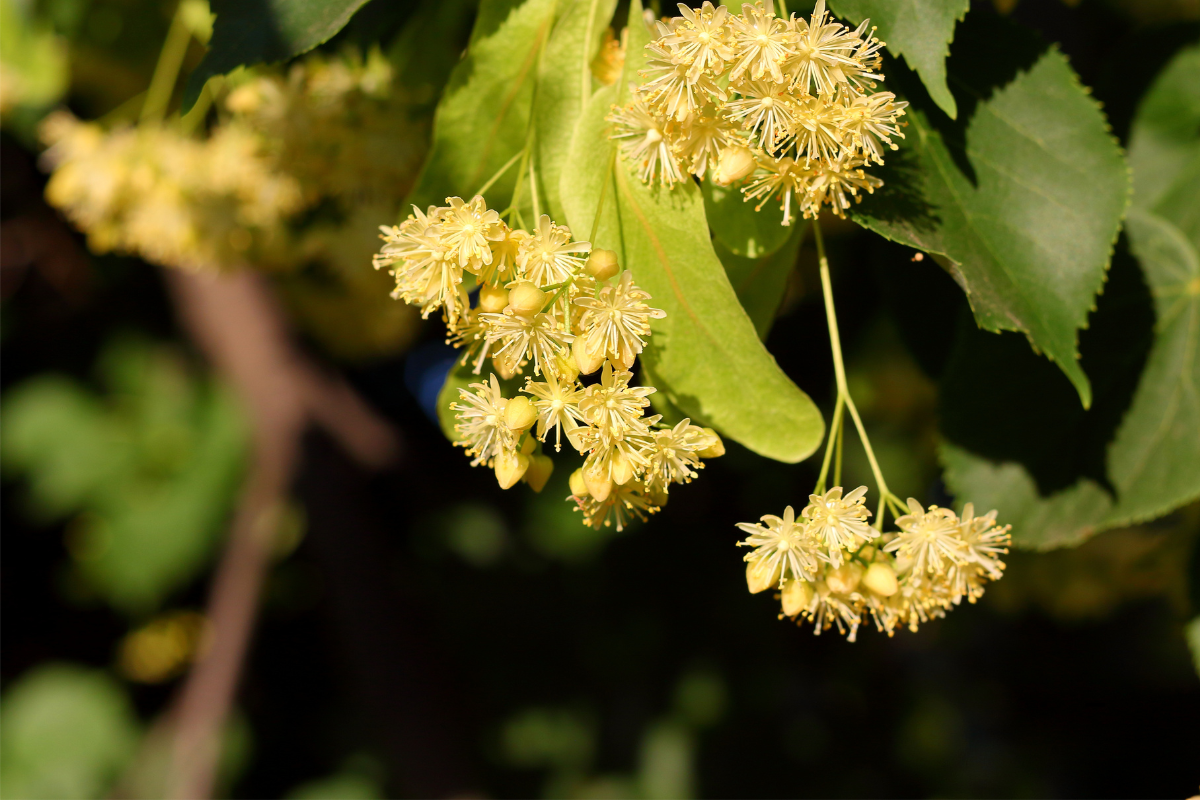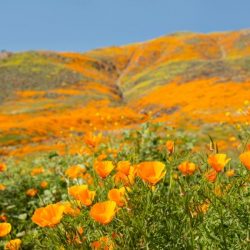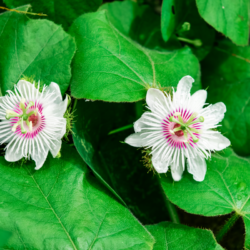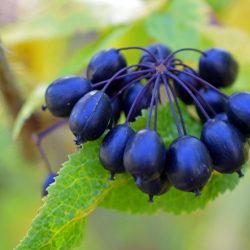Legend says that it was the leaf of a heart-shaped linden tree that landed on Siegfried ‘s back , the only vulnerable place in his body after he bathed in the blood of the vanquished dragon ( saga of the Nibelungen ). The genus Tilia includes many species and hybrids. More than 100 taxa have been counted for these lime trees, some of which could live up to 1000 years.
The medieval historian Michel Pastoureau remarked that the lime tree, throughout its history, has never given rise to anything bad or sinister, and that everywhere it has remained the image of majesty and opulence that dresses it. In the past, it was recognized to be so valuable, which can take various forms, that a royal ordinance prescribed planting it along the roads, offering both shade and the manna of its flowers, the harvest of which was expressly reserved for the hospices.
A little history
In the 16th century, one of the golden ages of the lime tree, the craze gained so much among the ranks of botanists that they, charmed by its elegance and no doubt conquered by the sweet aroma of its flowers, promoted the establishment of the lime tree. as an ornamental species , the foliage of which we saw unfolding in parks, alleys and walks. Well before this auspicious time, the lime tree, although known, was very little used by the Ancients.
In the Middle Ages, the bark of this tree was still used, as well as its leaves. But in the end, little is said about it. In the work of Hildegard of Bingen , the abbess tells us that the Tilia is a tree that possesses great heat (later Jean-Baptiste Porta will say it “wonderfully hot”), it is good for those who suffer from heart and to clear your eyes. (Linden is a tree of the Sun, a planet that rules the heart and the eyes, among other things.)
What are the main pharmacological properties of Linden?
Sedative activity:
The aqueous extract of linden would be anxiolytic , by a gabaergic mechanism . Pharmacologically active ligands for benzodiazepine receptors have been identified in Tilia tomentosa . Linden inflorescences are antispasmodic , due to the presence of farnesol , a terpene with sedative properties .
Anti-inflammatory and anti-nociceptive activity:
A 2017 study showed that in vitro , phenolic compounds (protocatechuic and caffeic acids) from Tilia platyphyllos exert antioxidant, anti-inflammatory and antitumor activity .
In vivo , quercetol and kaempferol glycosides isolated from T. argentea leaves , the two major flavonoid glycosides of the plant, possess potent anti-nociceptive and anti-inflammatory activity without inducing apparent acute toxicity or gastric damage.
Activity at the ENT level:
Linden is traditionally used in case of colds or excess secretions from the mucous membranes, but also to relieve irritation of the throat.
Activity at the cutaneous level:
In local use, linden would be soothing in case of pruritus, cracks, chapped skin, skin irritation.
Properties of linden sapwood:
- Traditional use to facilitate hepatorenal elimination functions. Linden sapwood is said to be hypotensive, coronary dilator, diuretic and uricosuric.
- The esculoside it contains (just like horse chestnut) has venotonic and vascular anti-inflammatory properties. The molecule is also choleretic, similar to the fraxoside also present.
- Linden sapwood would also have antispasmodic properties, in relation to the presence of phloroglucinol, an aromatic organic compound which turns out to be the active principle of generic antispasmodic drugs, the princeps of which is Spasfon. This specialty is used for the symptomatic treatment of pain related to functional disorders of the digestive tract and bile ducts.
Are there precautions for use concerning Linden?
Contraindications:
- According to the EMA, the use of linden flowers is not recommended for pregnant or breastfeeding women or for children under 12 years of age in the psychic indication, and 4 years of age in the infectious indication.
- Avoid in case of large urinary and gallstones
Precautions for use:
- When self-medicating the common cold with thyme, a doctor or qualified healthcare professional should be consulted if symptoms worsen, especially if there is dyspnoea, high fever or purulent sputum.
How to take Linden and at what dosage?
Dry form:
- As a dietary supplement, in the form of linden sapwood powder in capsules , at the rate of 4 capsules per day.
Liquid form:
- Honeyed glycerine fluid extract of linden sapwood : 5 ml 2 to 3 times a day in water.
- Glycerine macerate of buds ( Tilia tomentosa ): 25 to 100 drops 1 to 2 times a day.
- Linden sapwood decoction : 1 to 2 tbsp. tablespoons per cup, boil 10 minutes, 1 to 4 cups per day.
- Infusion of linden inflorescences : infuse 1 tbsp. tablespoon per cup for 10 to 15 minutes, 1 to 4 times daily. The infusion can also be used in a bath, for relaxation or for skin use, at the rate of a large handful for 1 L of water to be infused for 15 minutes, to be poured into the bathtub.
Medical bibliographic sources and clinical trials :
- Toker G, Küpeli E, Memisoğlu M, Yesilada E. Flavonoids with antinociceptive and anti-inflammatory activities from the leaves of Tilia argentea (silver linden). J Ethnopharmacol. 2004
- Viola H, Wolfman C, Levi De Stein M, Wasowski C, Pena C, Medina J. H, Paladini A. C. Isolation of pharmacologically active benzodiazepine receptor ligands from Tilia tomentosa (Tiliaceae). Journal of ethnopharmacology, 1994
- Bernes J., Anderson L.A., Phillipson J.D., Herbal Medicines Pharmaceutical Press, London (UK), 2010
- Jabeur I. et al., Contribution of the phenolic composition to the antioxidant, anti-inflammatory and antitumor potential of Equisetum giganteum L. and Tilia platyphyllos Scop, Food Funct., 2017
- Bruneton J. Pharmacognosy, Phytochemistry, Medicinal Plants. Ed. Tec and Doc. 1997
- Wichtl Max, Anton Robert. Therapeutic plants: Tradition, officinal practice, science and therapy. Ed. Tec & Doc. Cachan. 1999
- Fleurentin Jacques. Plants that heal us. Ed. West France. 2007







